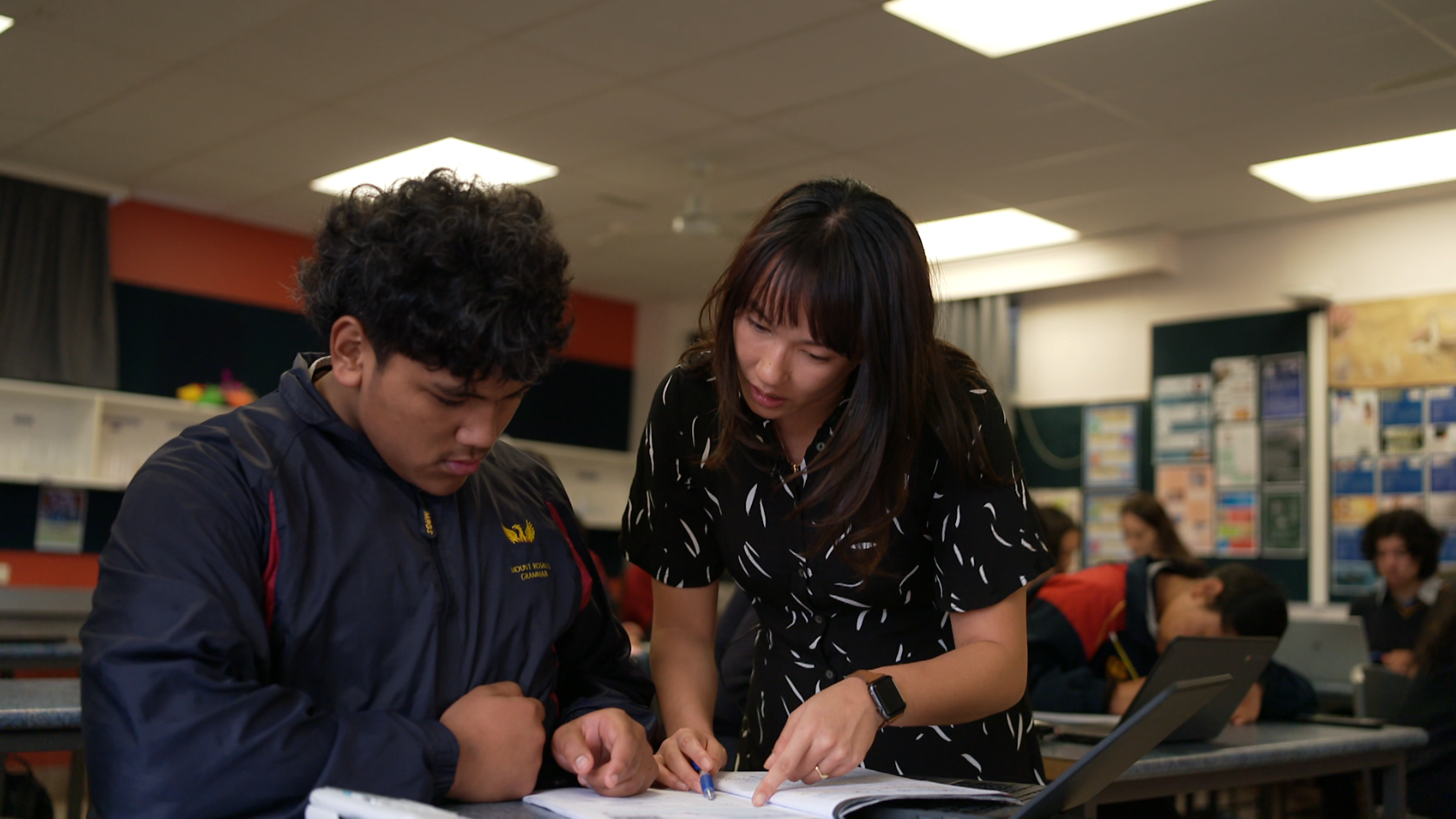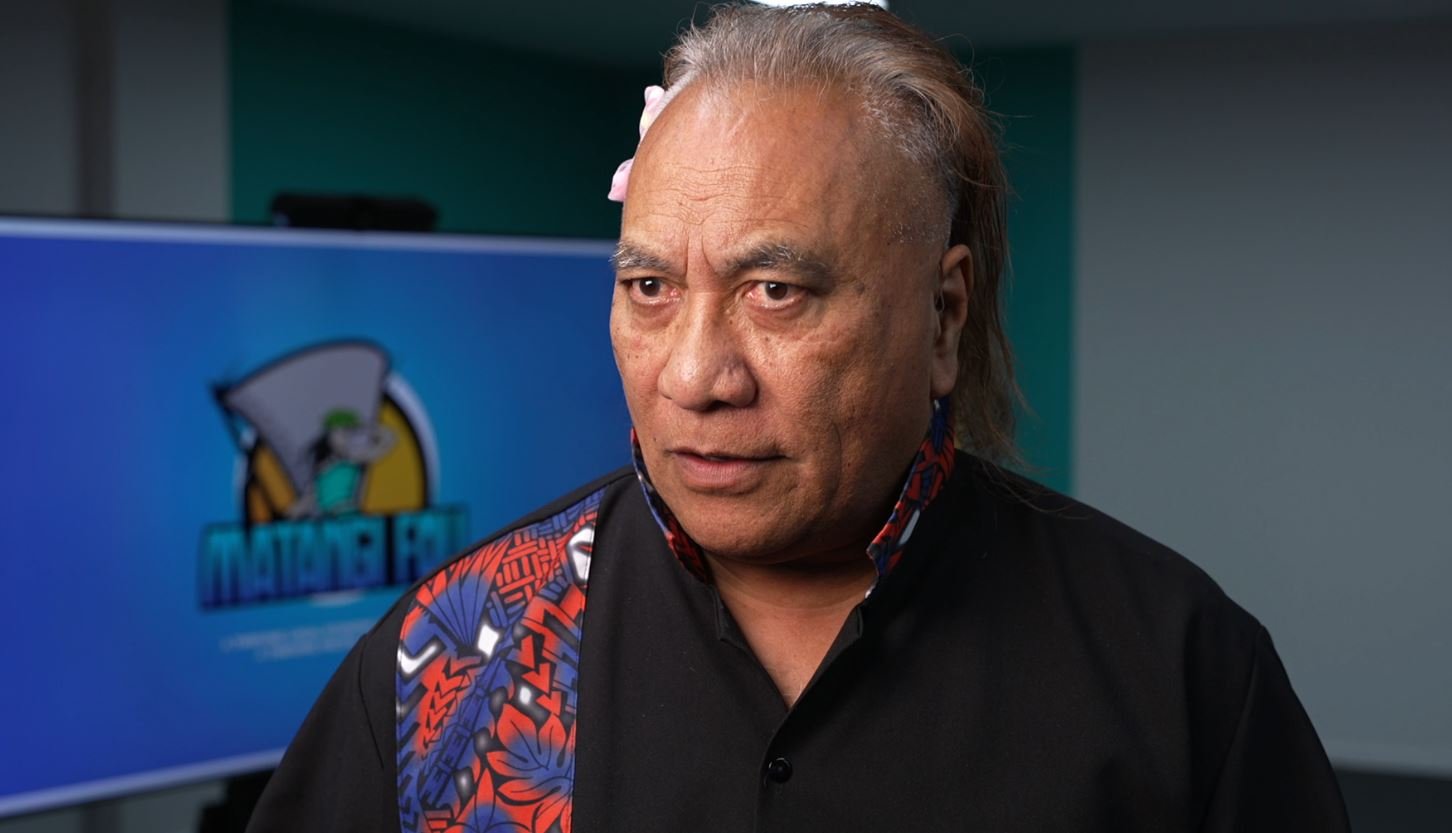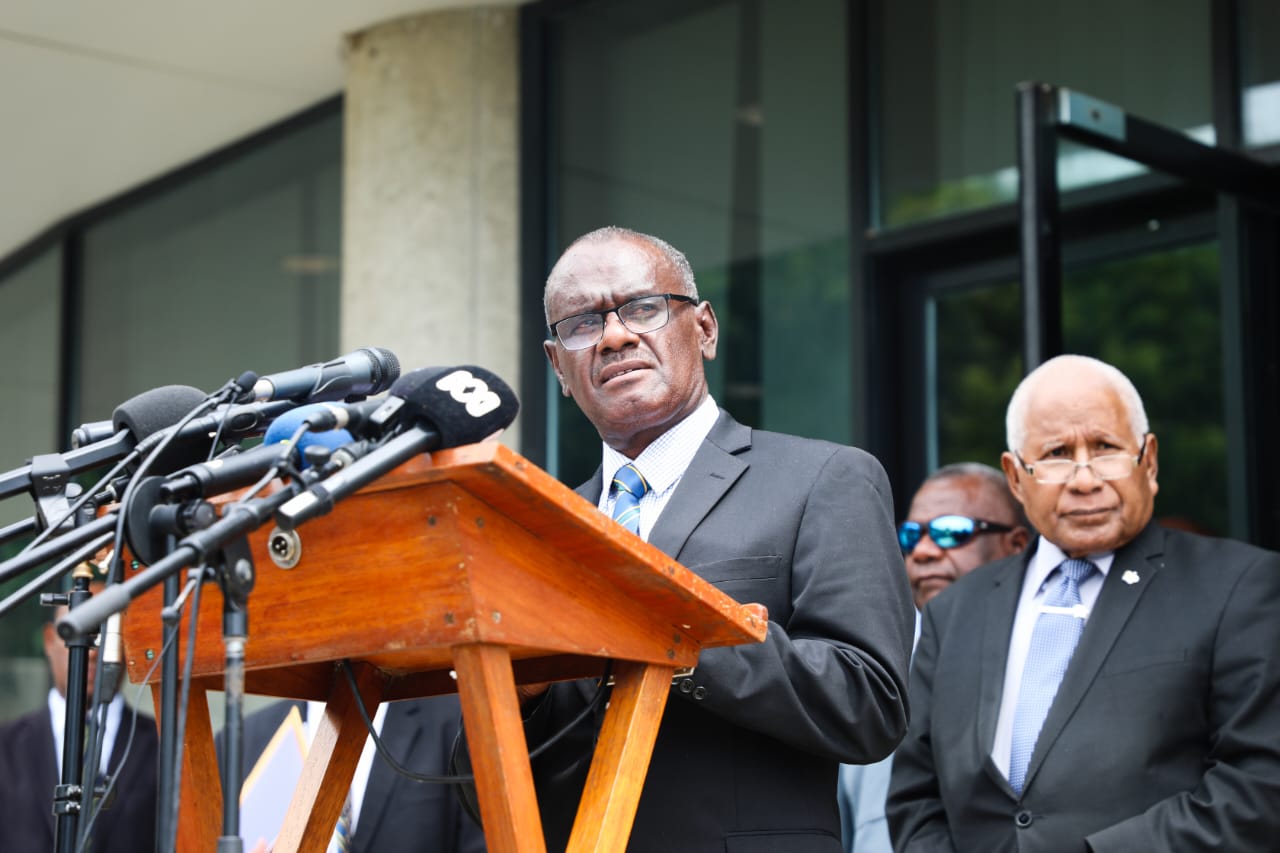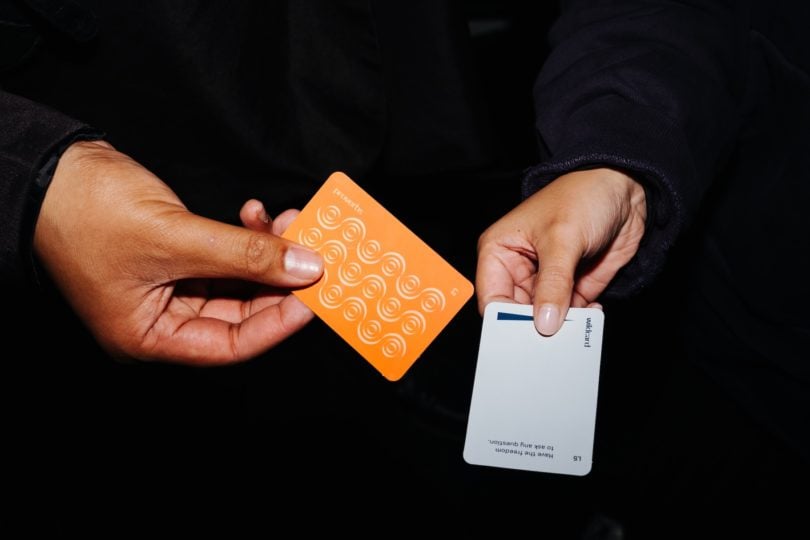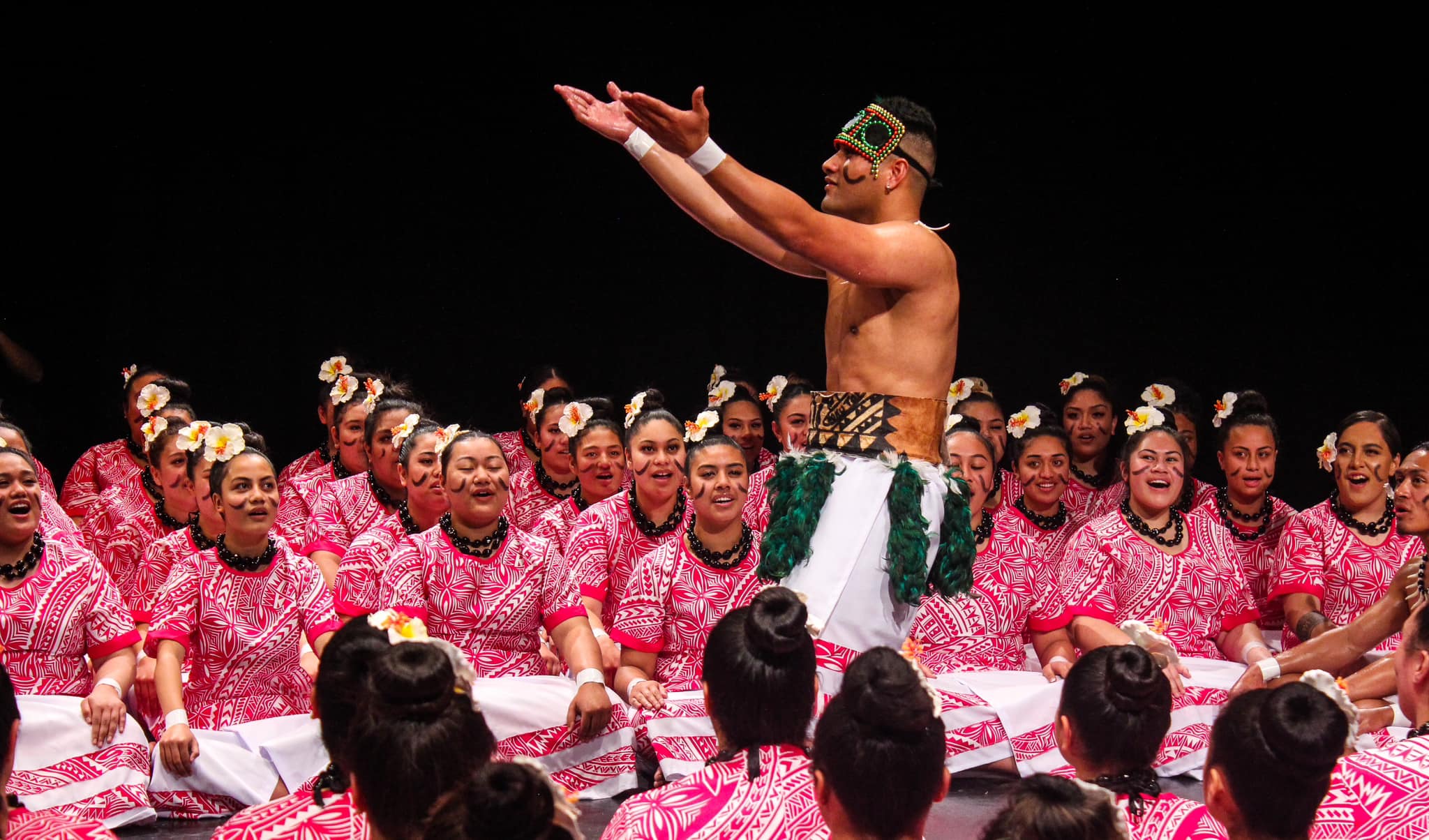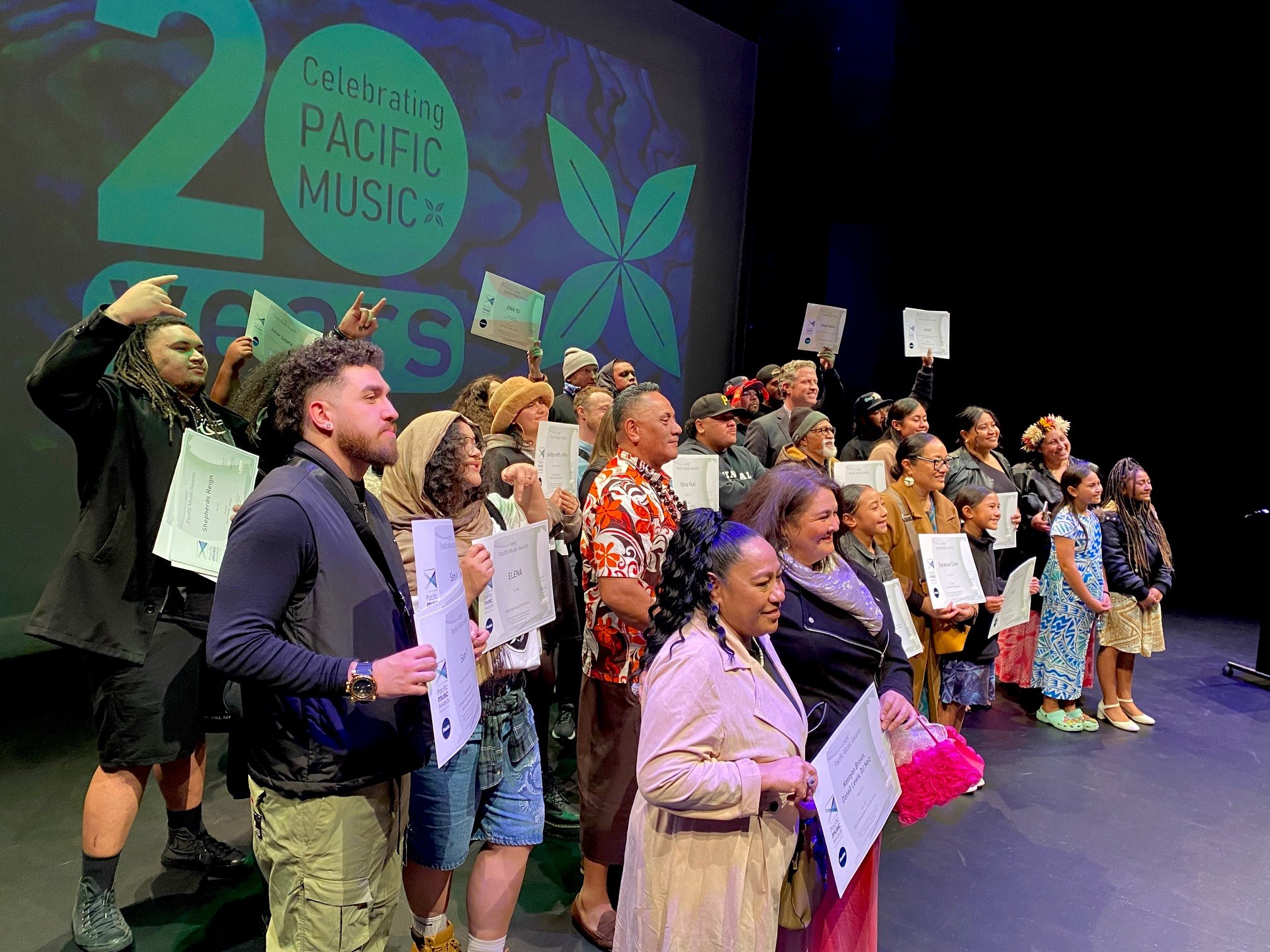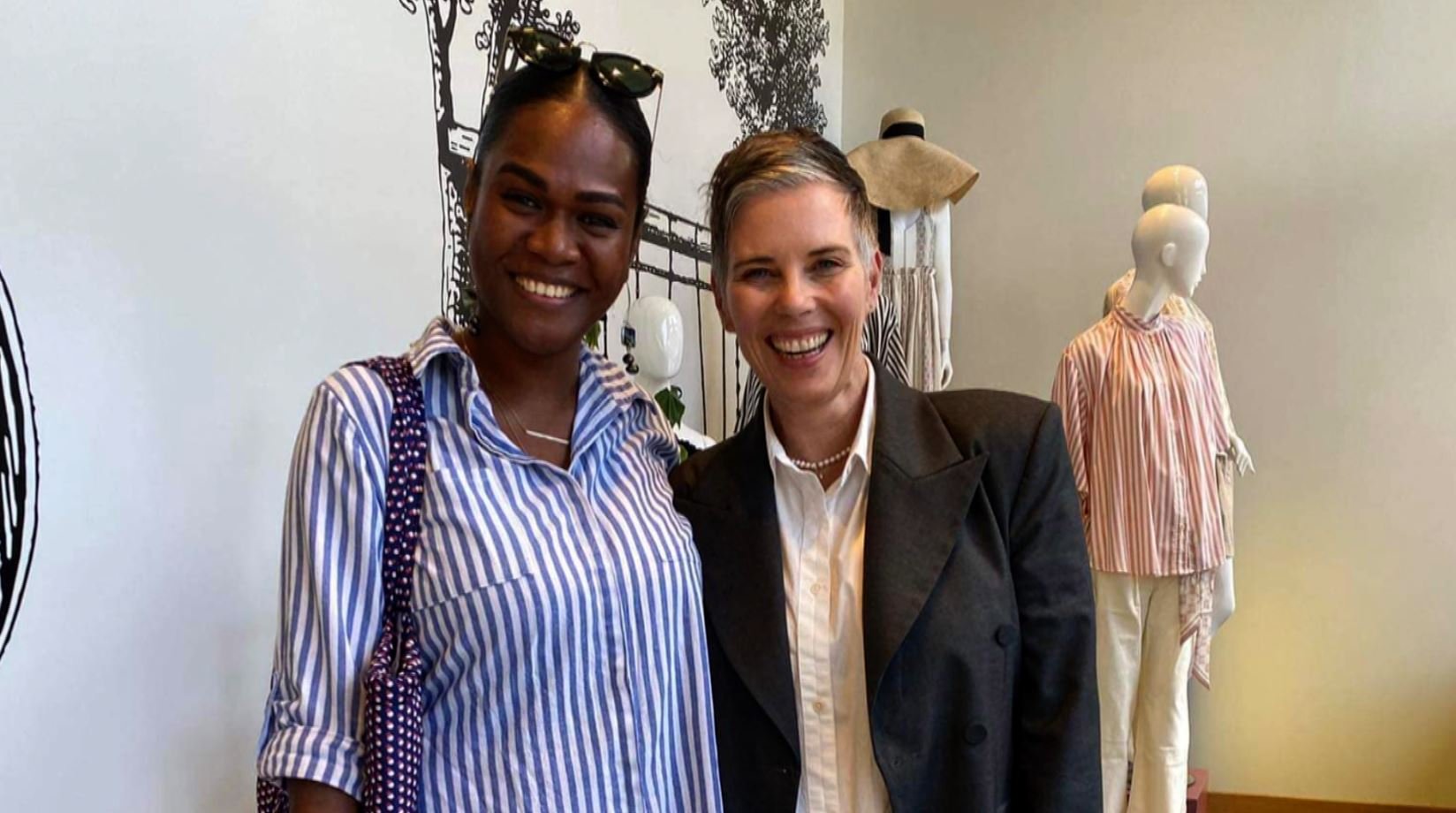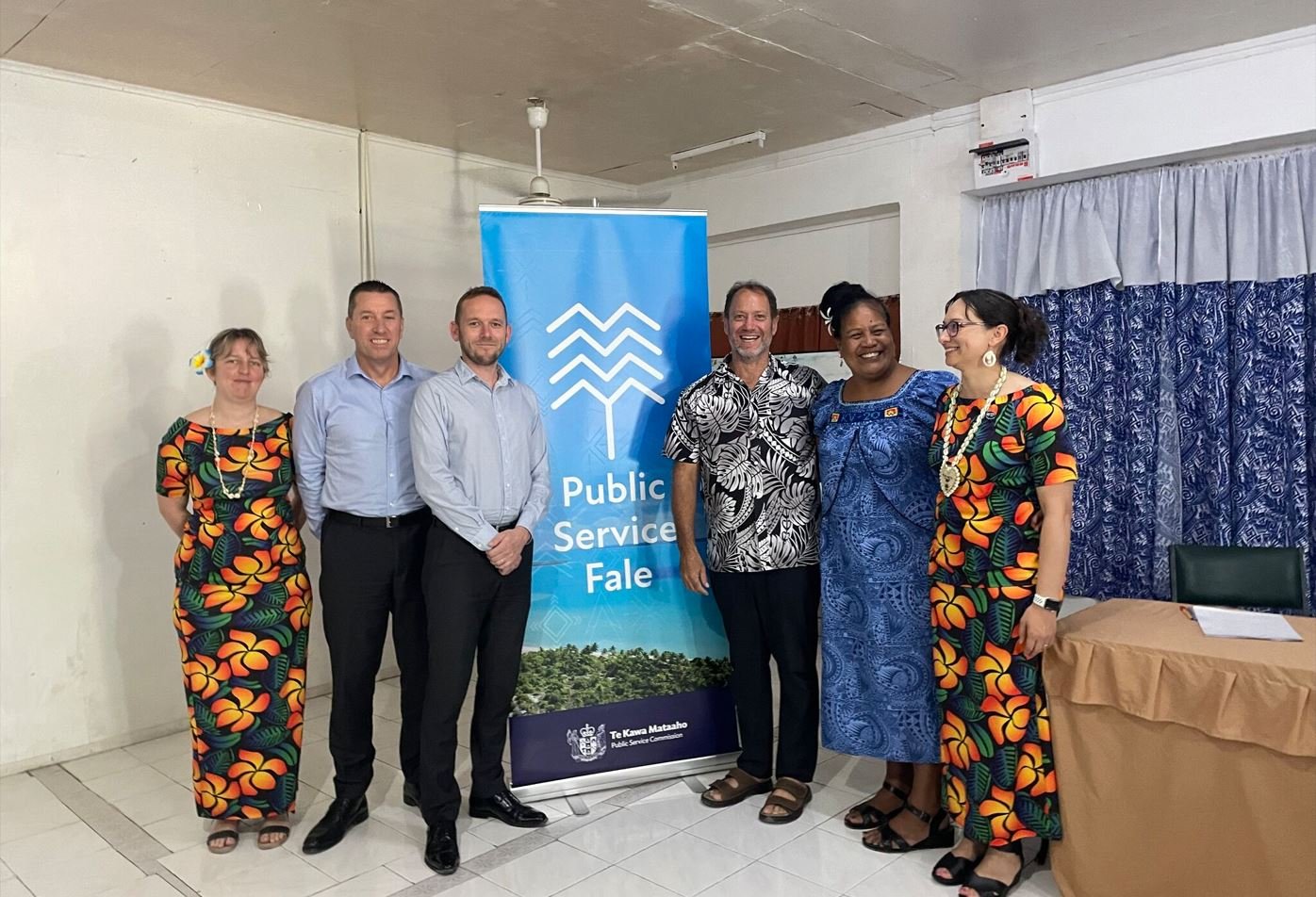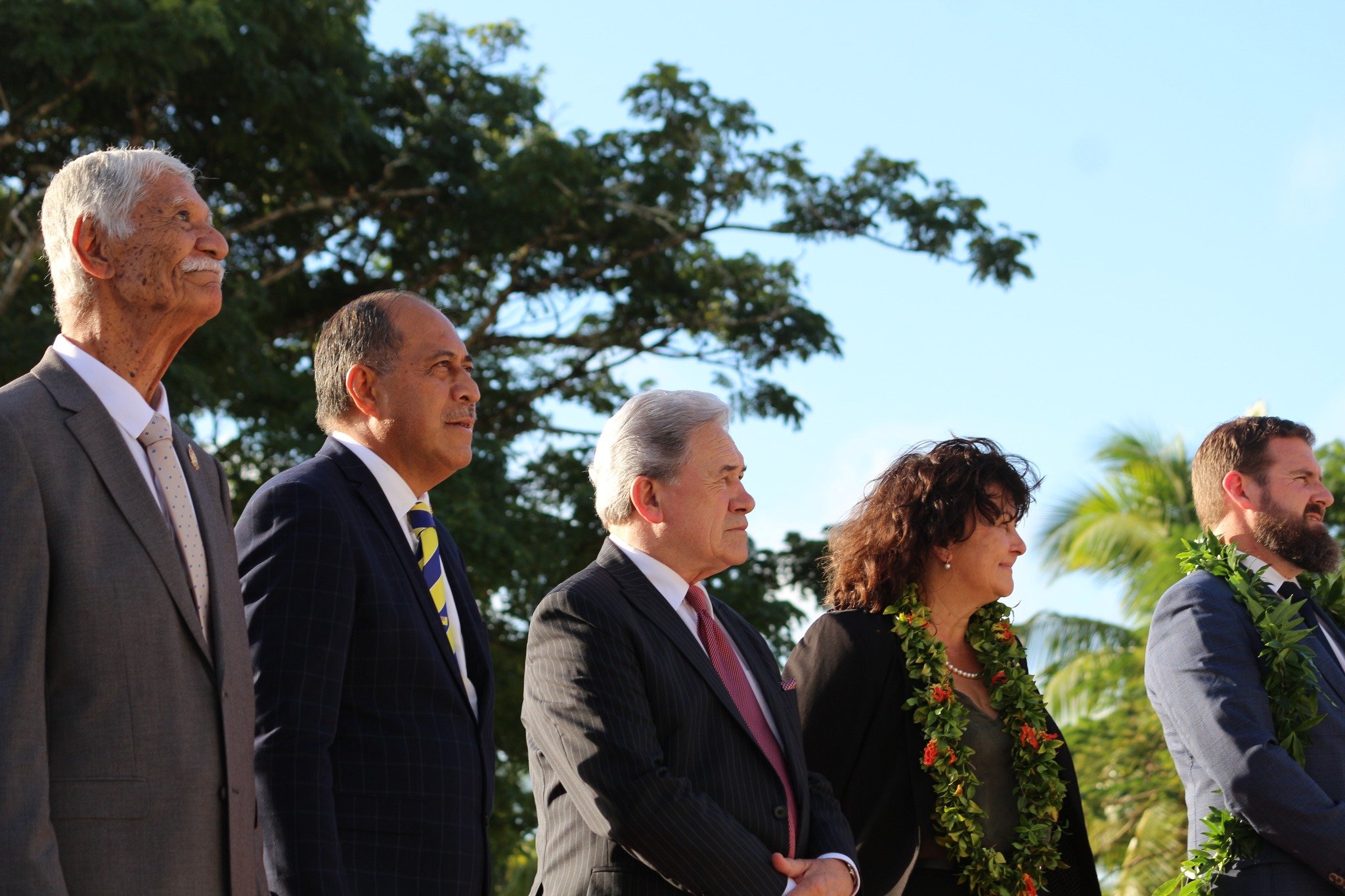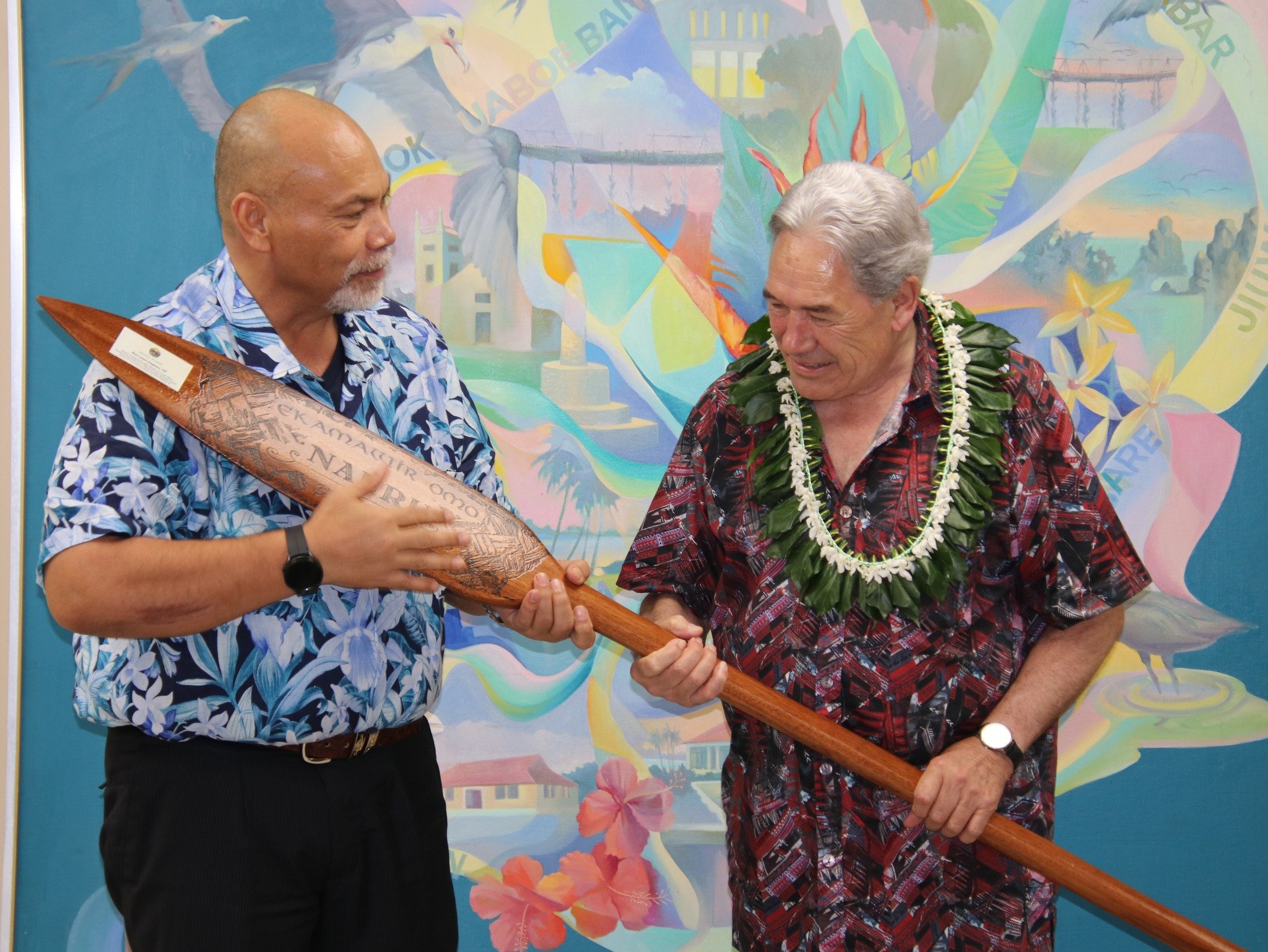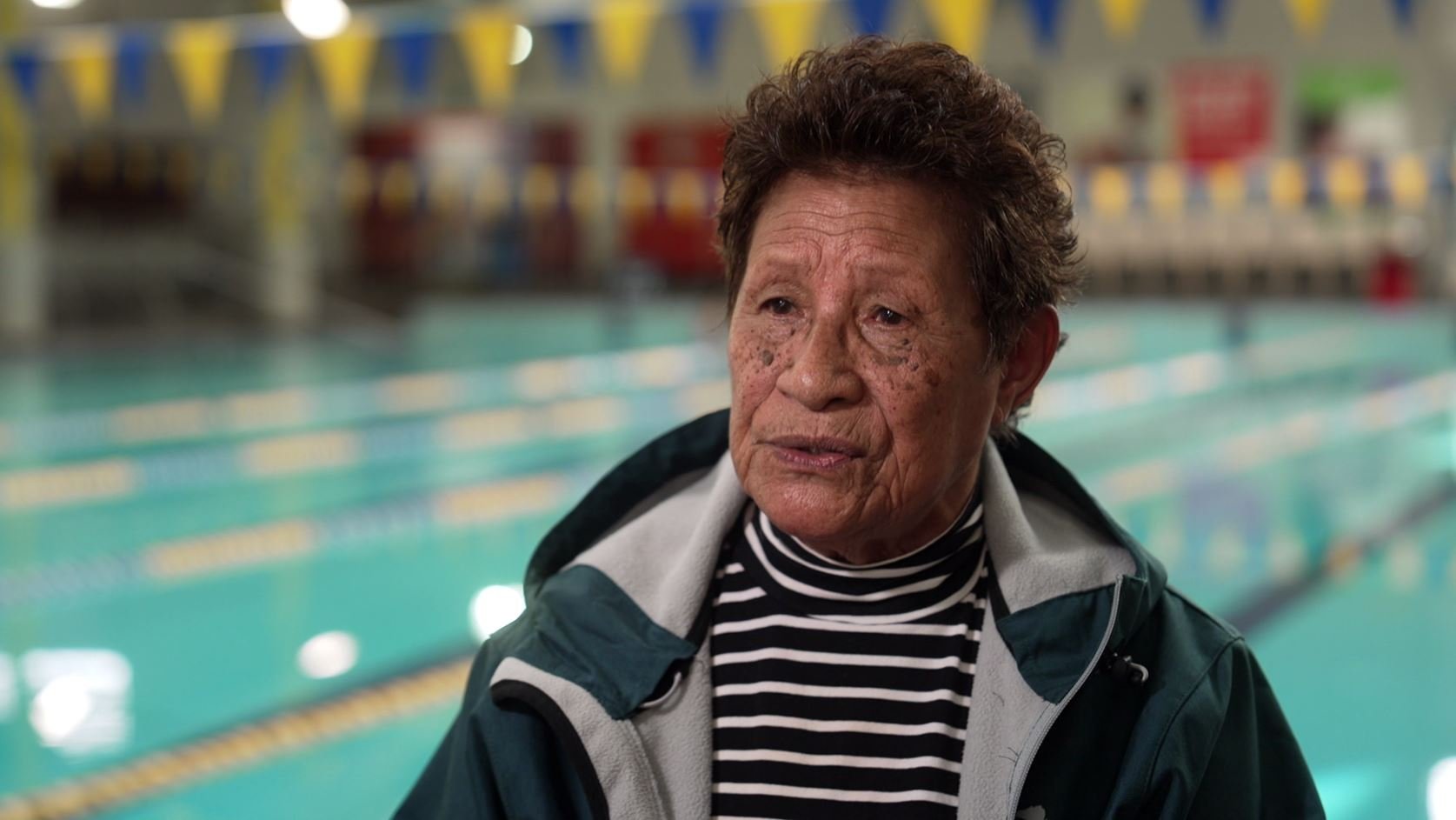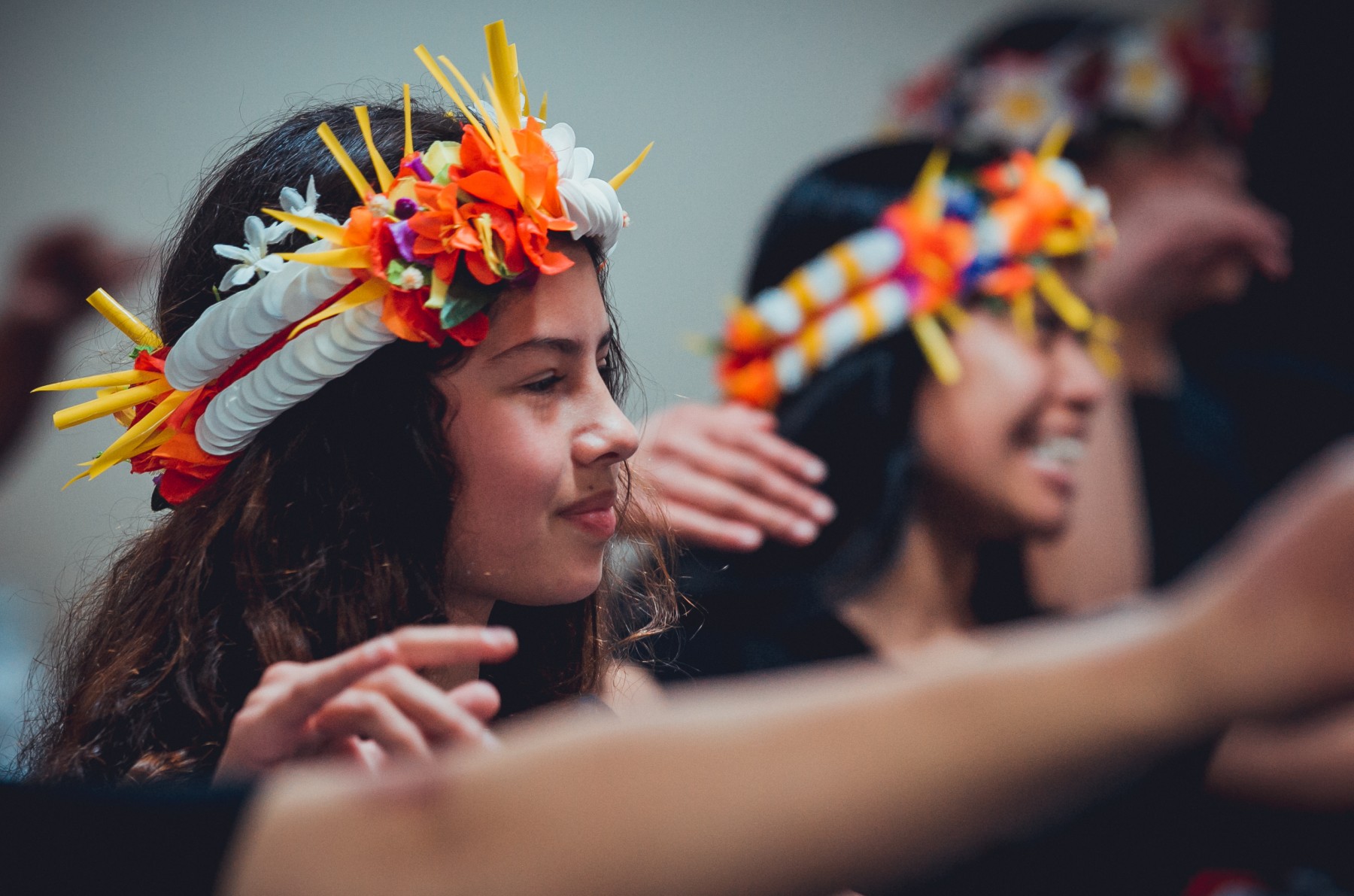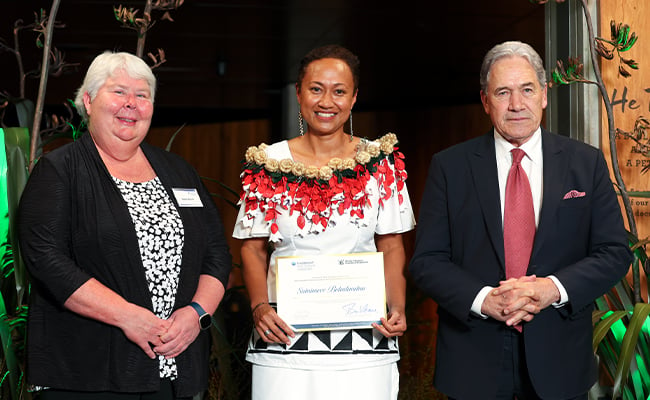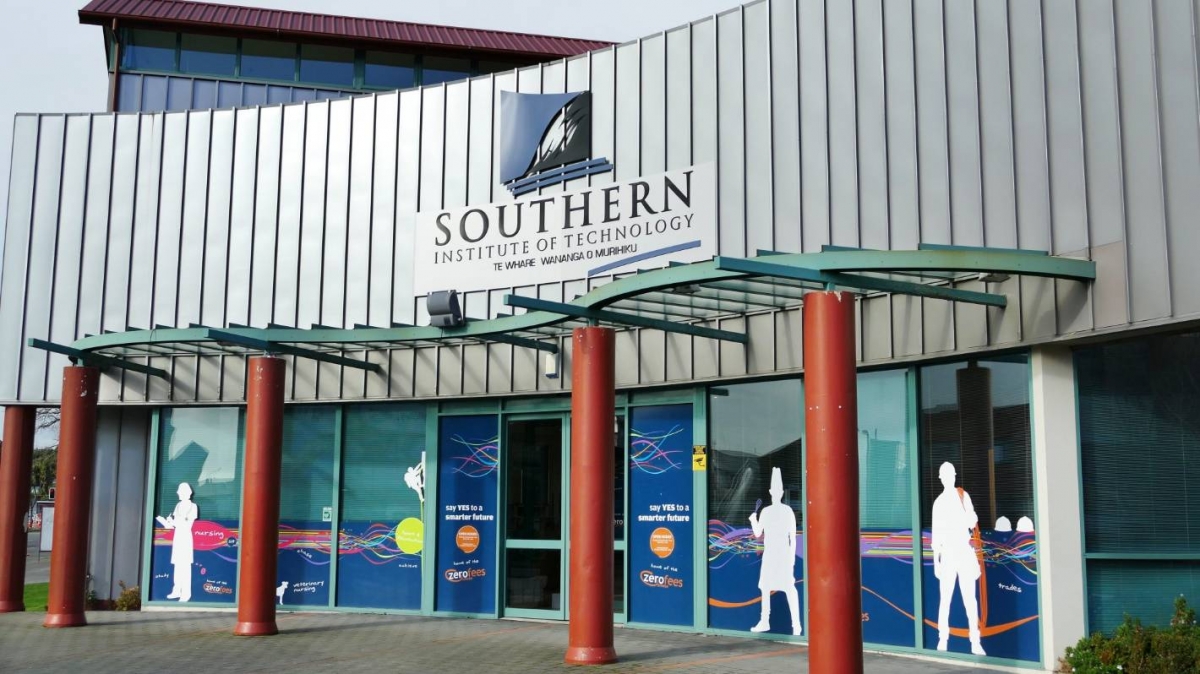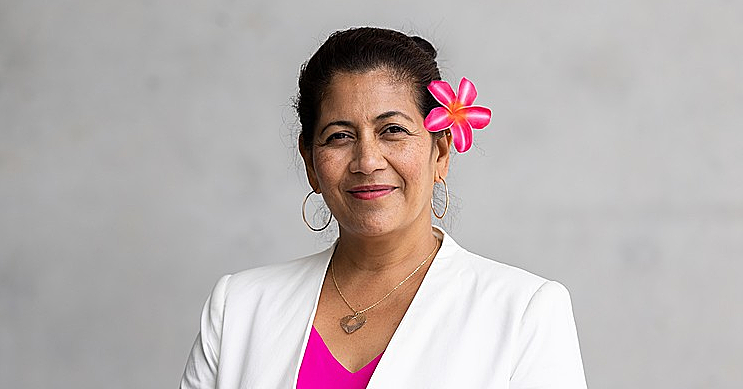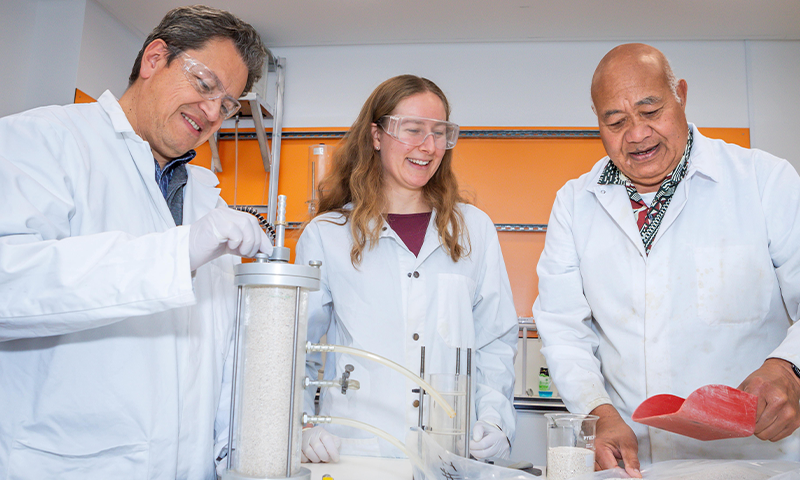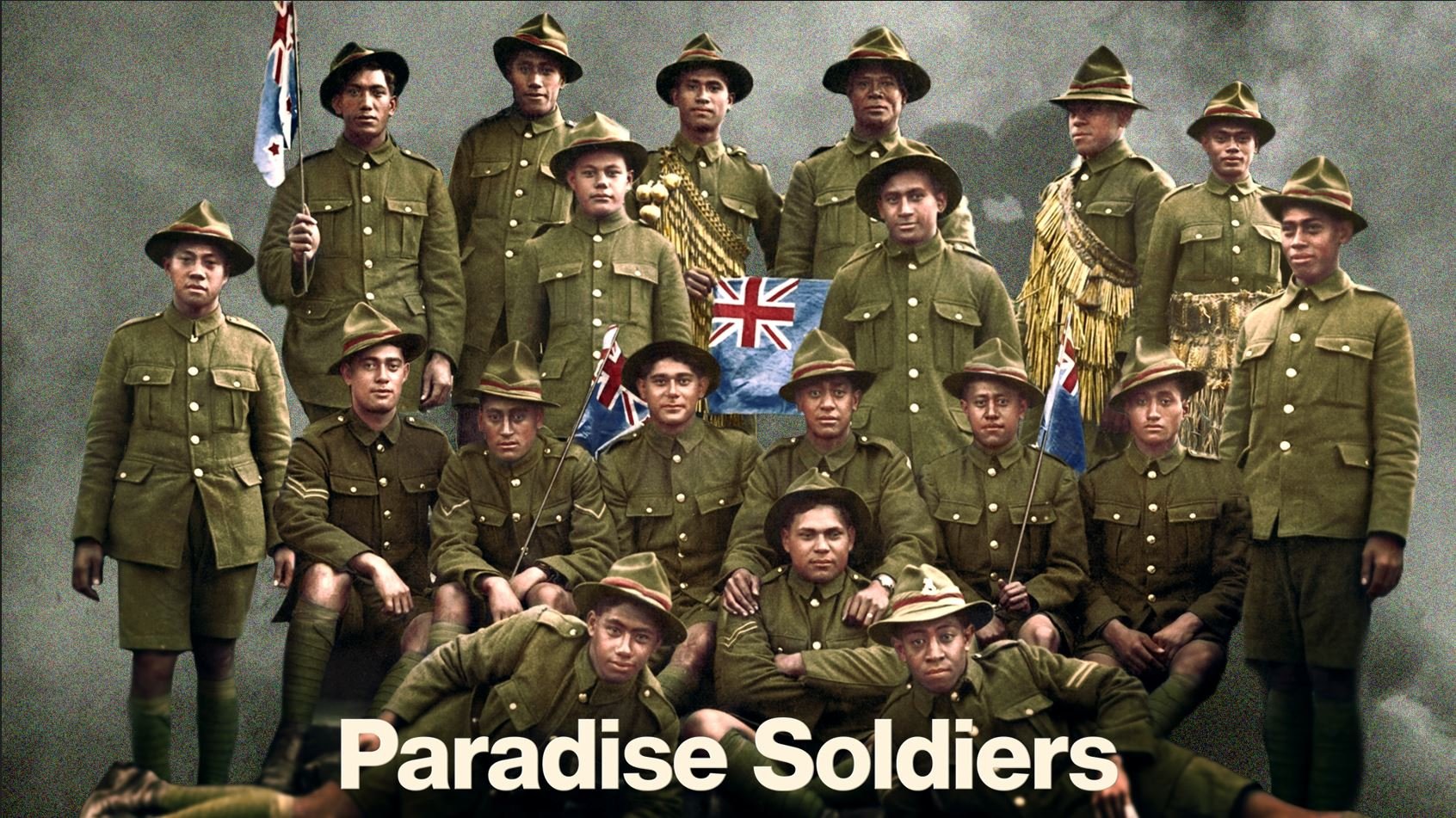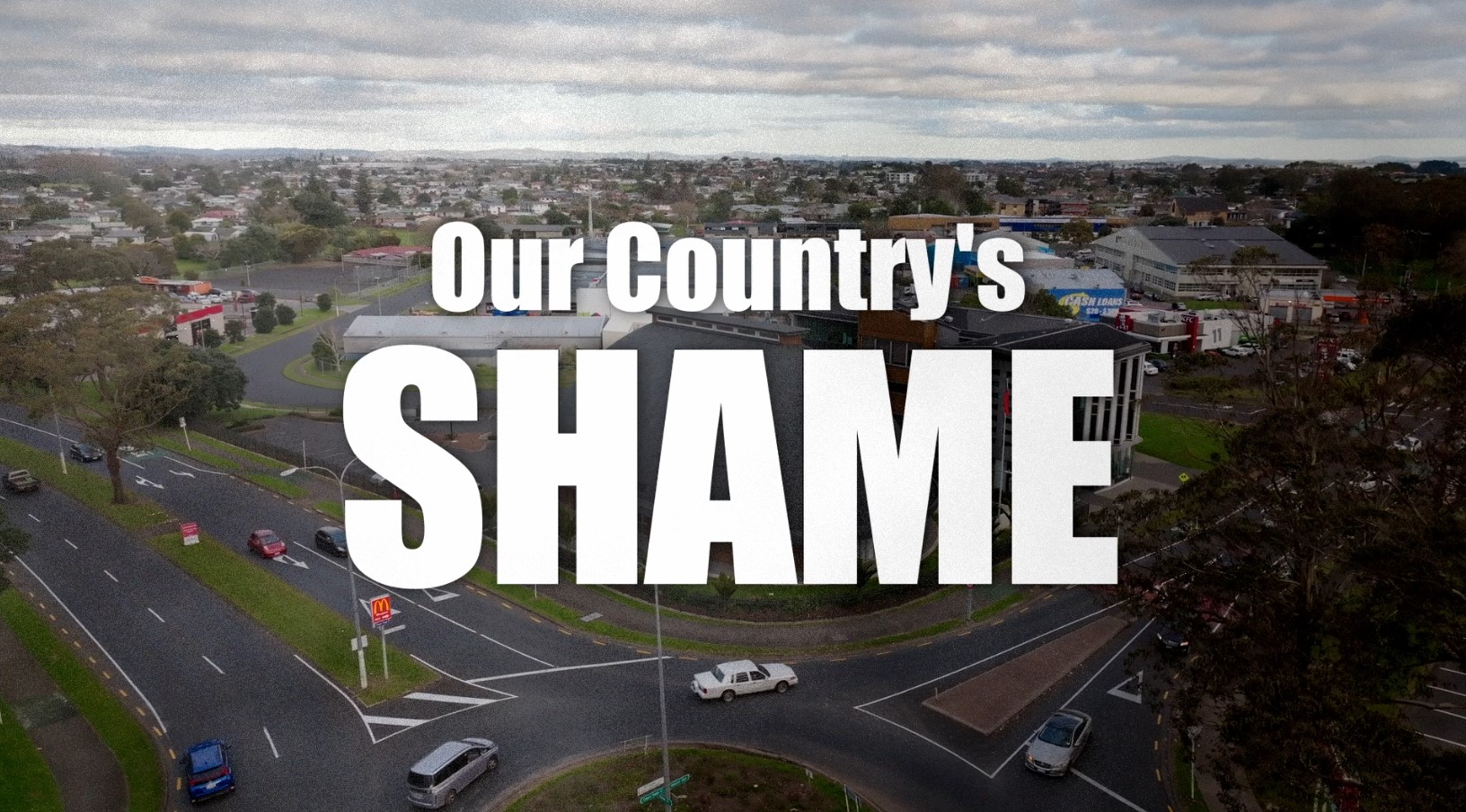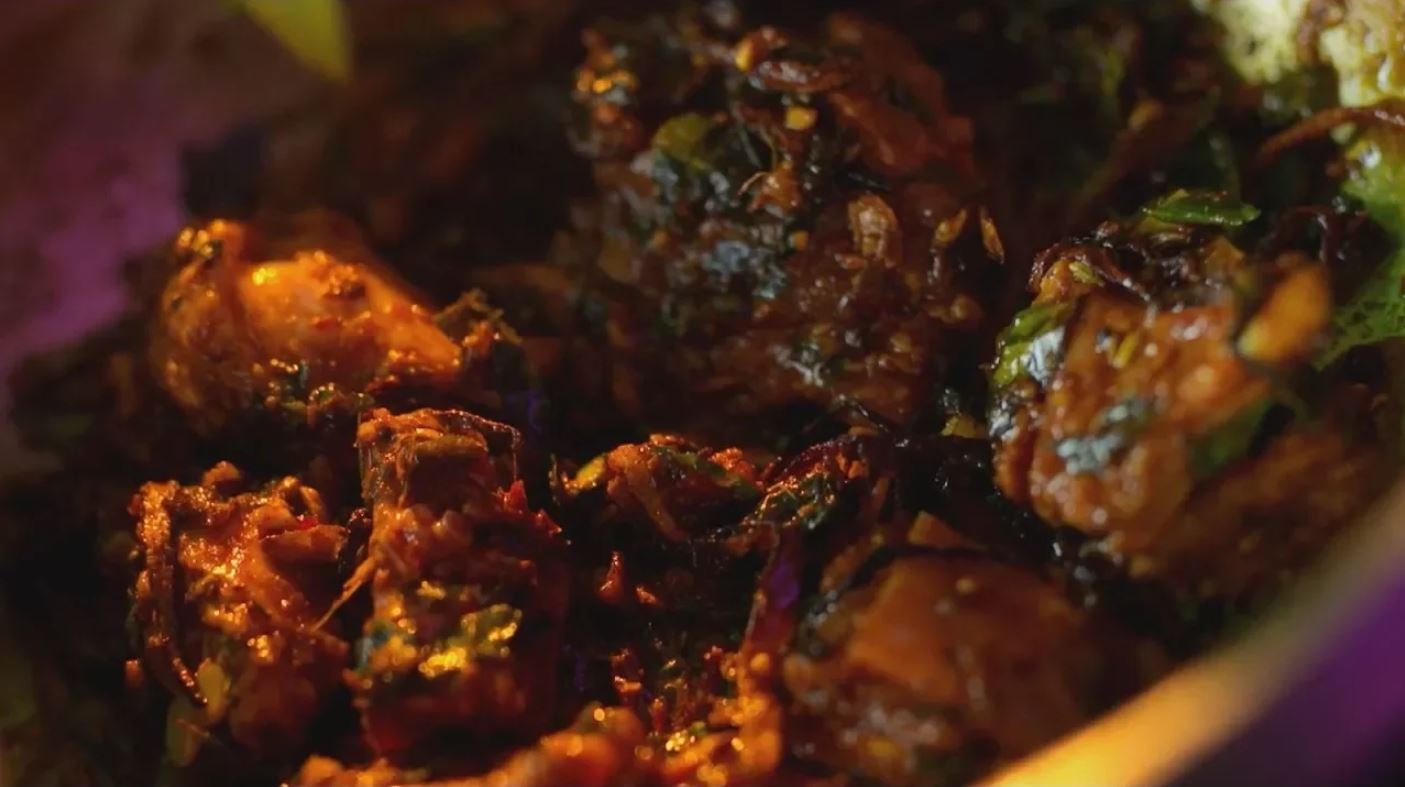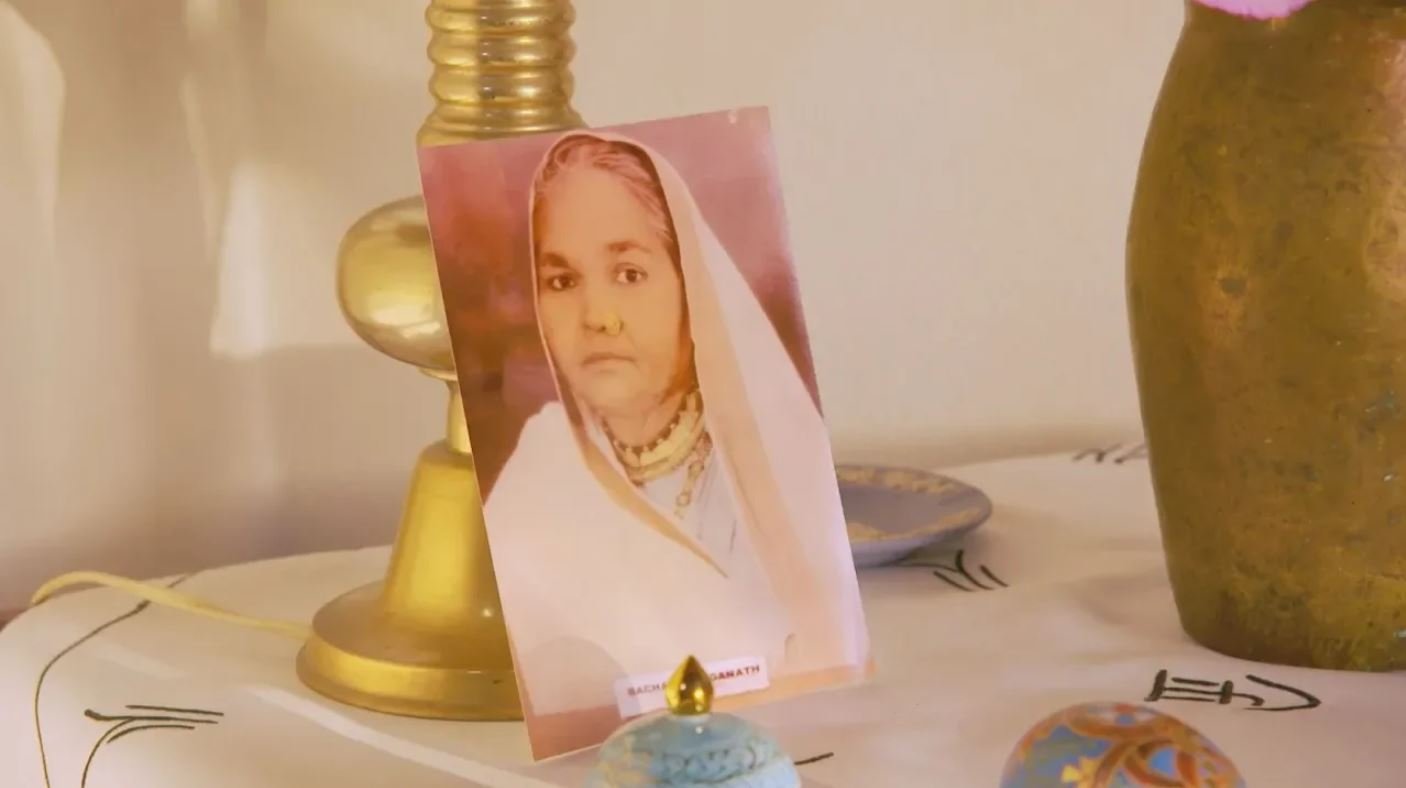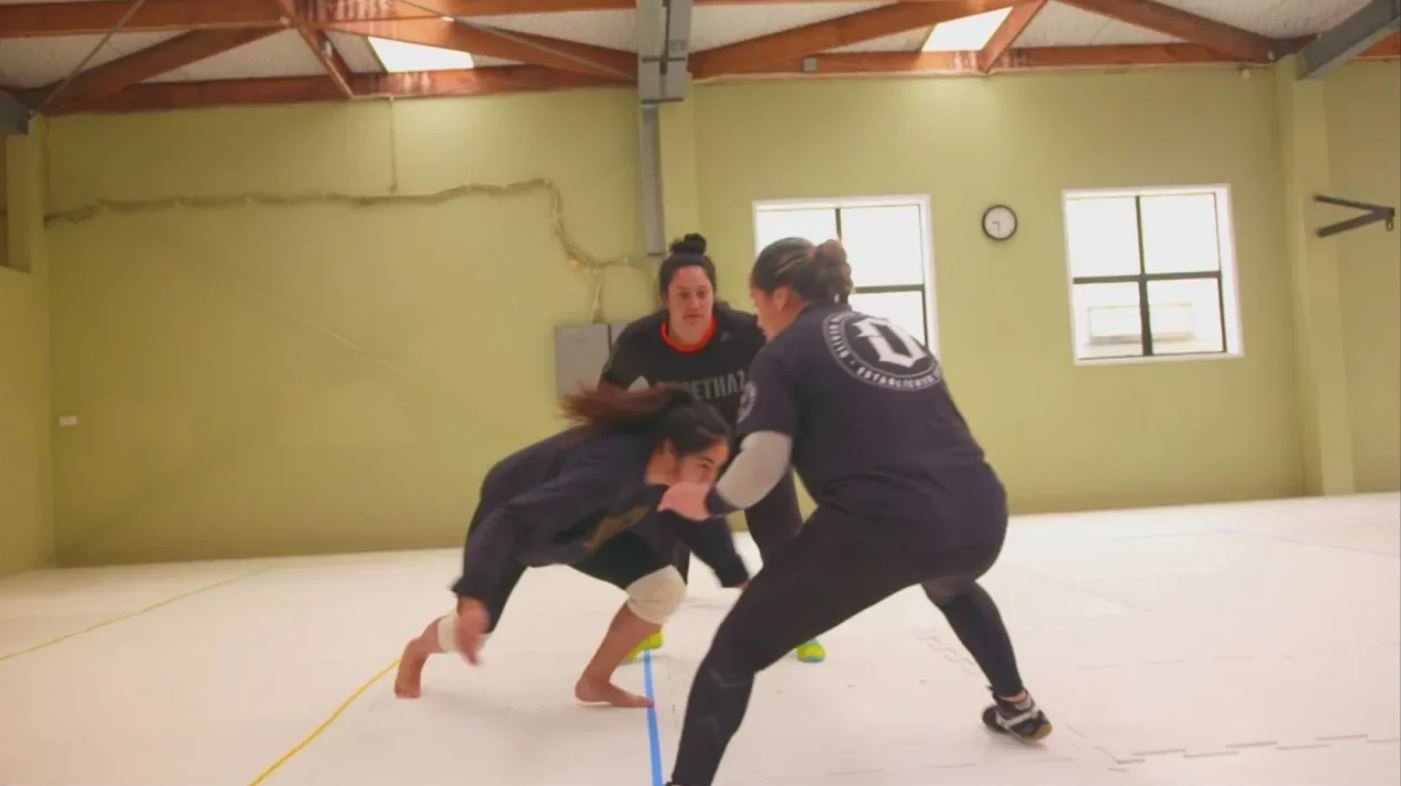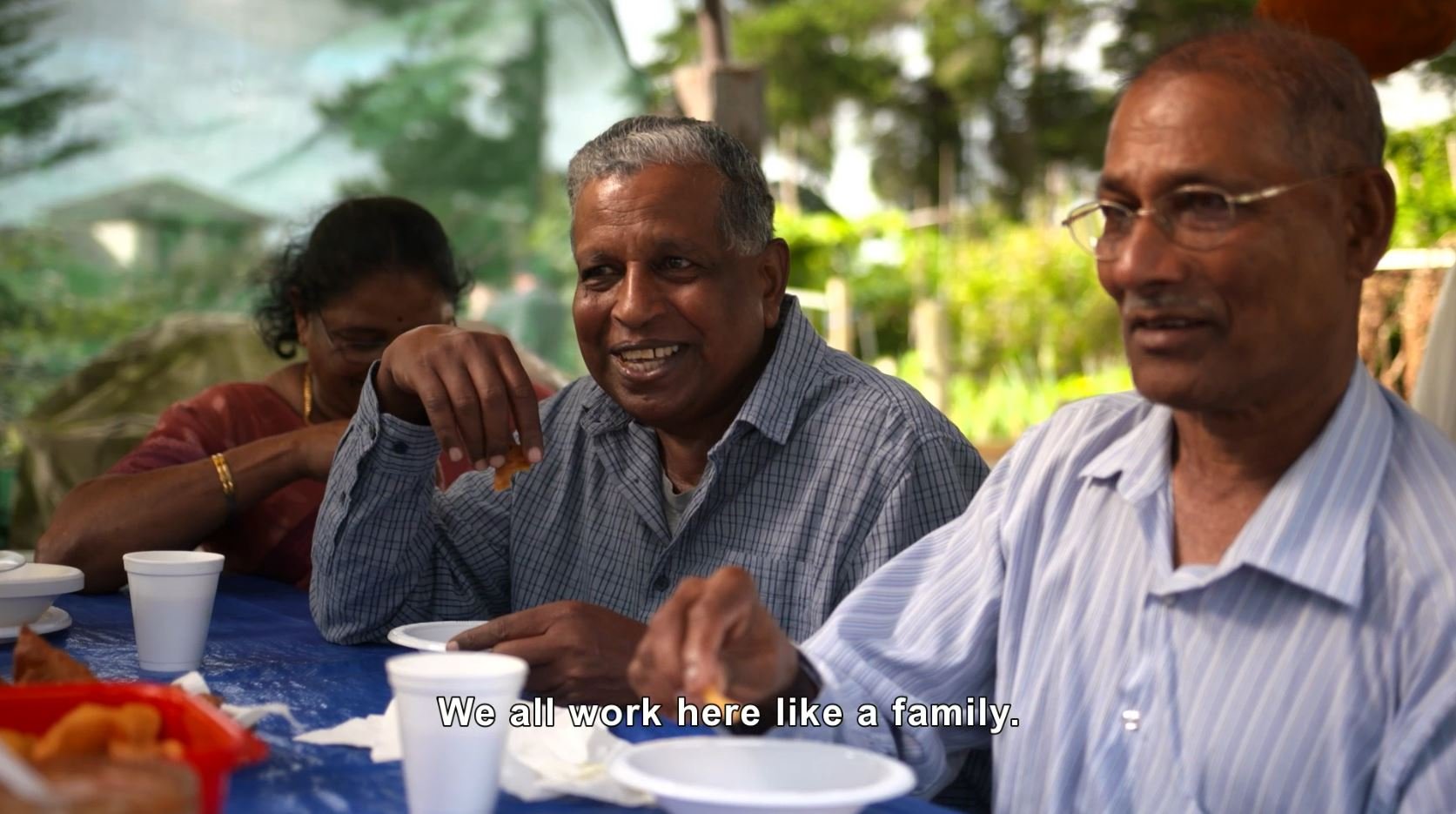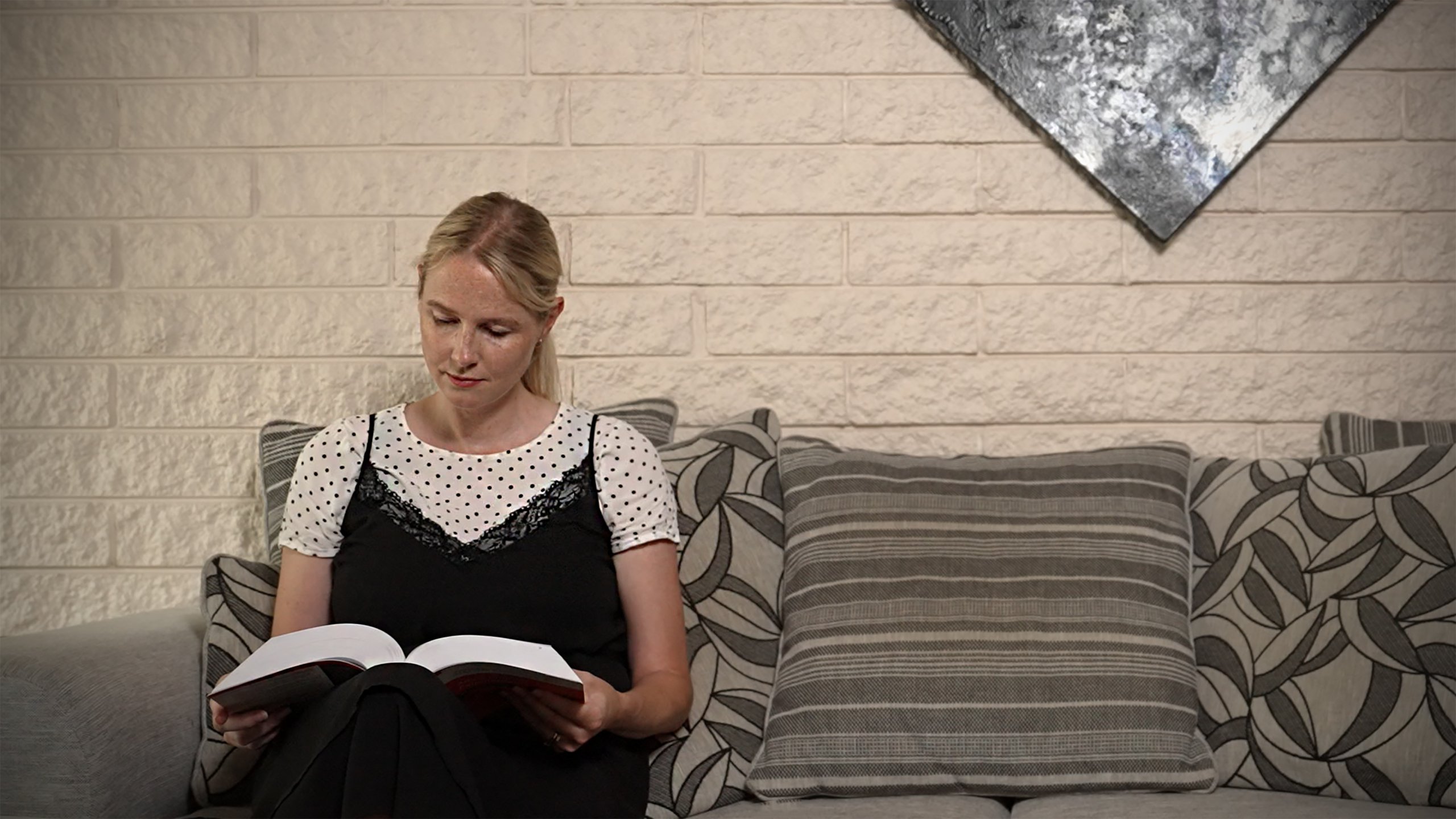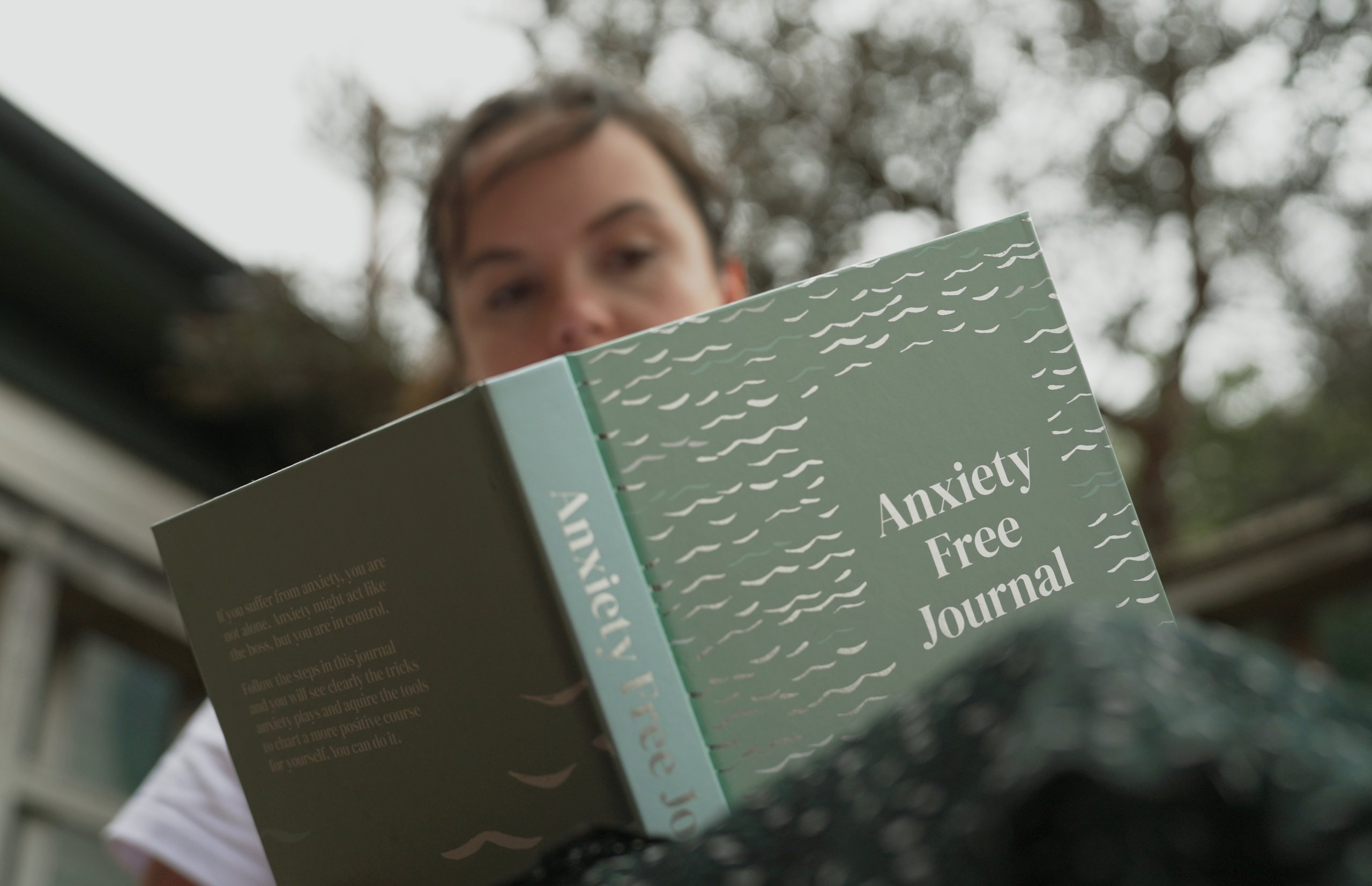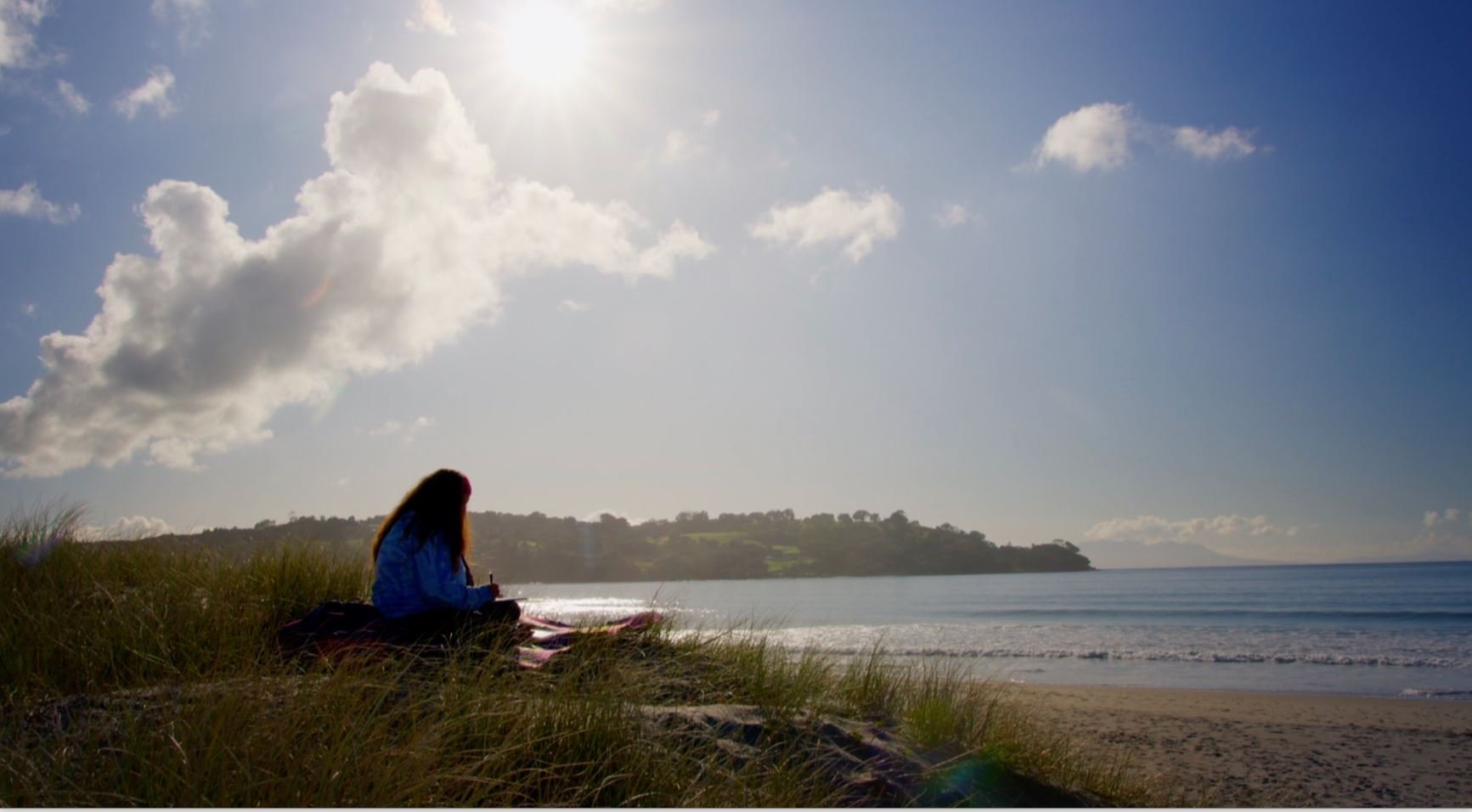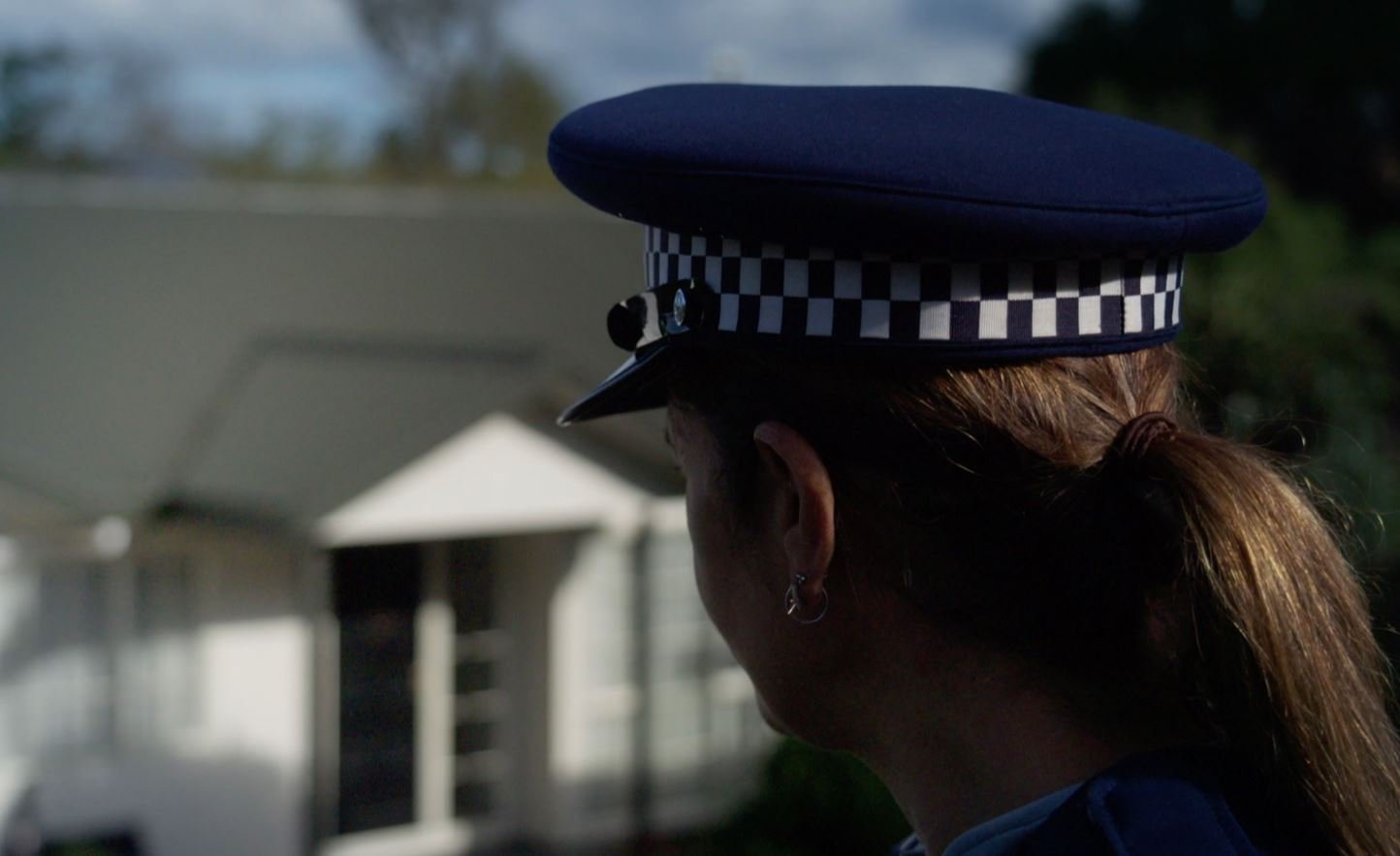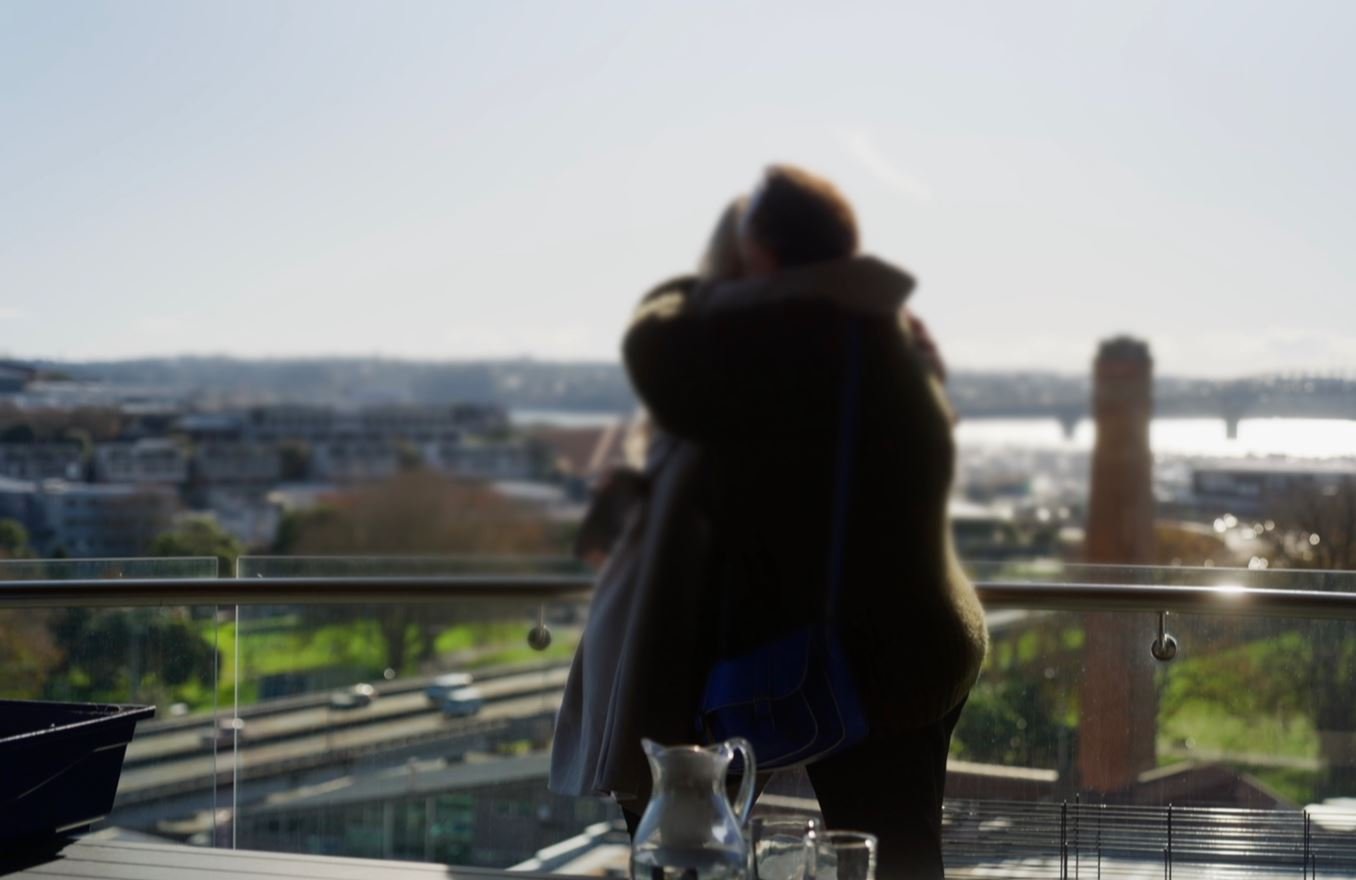Samoa experienced an exponential jump in its population around 1000 years ago, and the ancestry of contemporary Samoans is relatively unique when compared to other Pacific island groups, a new study has found.
Published today in Proceedings of the National Academy of Sciences (PNAS) of the United States of America, the study, which included Associate Professor Ethan Cochrane from the University of Auckland, analysed modern DNA collected from more than 1100 Samoans from an earlier study involving several US universities and the Samoan Ministry of Health.
Data from the earlier study, which uncovered links between particular genetic profiles and increased risk of heart disease, was used to answer key questions about the settlement history of Samoa.
“Despite the prevailing archaeological opinion that the initial population size of Samoa would have been relatively similar to nearby Tonga and Fiji, our genetic results indicate that the founding population of Samoa was actually quite small, between 800 and 3300 people and stayed quite low until about 1000 years ago,” says Dr Cochrane.
Using analyses referred to as Identity by Descent (IBD), the data suggested a marked jump up to as many as 10,000 people about 1000 years ago.
Dr Cochrane says the demographic changes in Samoa could be related to the initial settlement and populating of other islands like Tahiti, Hawaii and the Cook Islands.
He says the marked population jump could also be related to archaeologically documented changes in agriculture, as well as an increasing number of monumental mound structures, “both of which might signify hierarchical society”.
“We could be seeing the origins of the Samoan chiefly system 1000 years ago.”
He says the study also found that modern Samoans come largely from the Austronesian lineage (people in Taiwan, Island Southeast Asia, Micronesia, coastal New Guinea, Island Melanesia, Polynesia, and Madagascar) and share only 24 percent of their ancestry with Papuans, the descendants of the people who settled Papua/New Guinea – markedly lower than neighbouring Polynesian groups which on average, share about 35 percent Papuan ancestry.
This unique ancestry suggests that groups with somewhat different ancestry settled in Samoa, compared to nearby Tonga, Dr Cochrane says.
“For the last several decades, the origins of the Polynesians has been understood as a story of a singular migration and common cultural and demographic changes throughout the islands.
“But what we are learning now from this study, and others like it, is that there may have been different migrations with different mixes of people and unique demographic histories that have contributed to modern cultural, biological and linguistic diversity in the Pacific.”
Read the full PNAS article here.

